Perks of Cultivating Morning Glory

Have a look at this species. If you are a flower lover you might have got different sense or feeling of attraction at your first glance. Am I right? Let’s learn all the facts about this beautiful and heart-warming decorative species with multiple colored flowers.
Introduction:
Morning glory, a beautifully shaped blooms, is a flowering plants with varieties of flower color i.e. bright pink, red, blue or purple color with distinct trumpet shape. This species are originated in china and well known for their medicinal properties.


The flowers from these strong climbers belonging to convulvulaceae family possesses unique properties too i.e. it unfurl in the sun which provide it with romantic old-fashioned charm but on opening in morning it soothes your eyes.
Scientific name: Ipomoea species
How to grow?
This species are best known for their aesthetic importance in the modern world. They are used as hanging and pole plants as it could grow up to 15 feet high in its particular preferred season.
1. Medium:
– Morning glories will do well even in containers and baskets. Besides these medium, being a vines one can also grow it in fences, arbors, trellis, arch, or pergolas too.
2. Cultivars:
– Take seeds with >12% moisture content and >95% physical purity.
– There are nearly a thousand varieties of morning glory categorized based on their colors. Some of them are:
a) The blue morning glory (bright blue with pinkish tint in the middle)
b) The cardinal climber (small red with white anther)
c) Grandpa ott (Purple with red stripes)
d) Heavenly blue (azure blue with white or yellow in the middle)
e) Moonflower (distinct white) and so on.


Interesting facts: Moonflower is the only one which opens at night and closes during the day among all.
3. Seed priming:
– Once your morning glory flower starts to wither and dies off during the fall or early winter, you may find a black seed attached to its dry petals.
– The seeds are enclosed in brownish pods once they crack open, seeds will be ready for harvest.
– The seeds contain laxatives – hallucinogenic agents that are slightly poisonous so make sure to wear gloves before harvest and wash your hands after harvesting the seeds.
– Be aware to keep seeds away from the reach of children and animals.

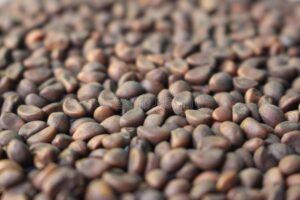
– Store the seeds until the right planting season arrives (late spring or early summer) once the ground has warmed to about 18 degrees Celsius.
4. Seed Planting:
– Before planting, soak the seeds in warm water for 24 hours.
– If you have purchased seed from stores, soak them immediately in water to avoid moisture loss. The water soaking (Hydro-priming) process will enable seeds to imbibe water and help in fast germination.
– After 6-7 hours remove the pods if present and dry the seeds in shade by placing them in tissue paper.
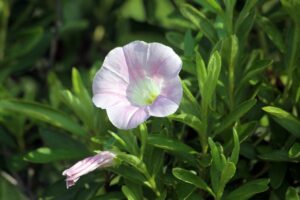
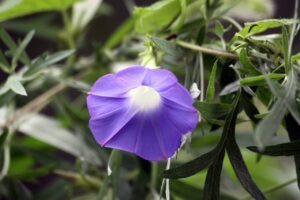
5. Soil:
– These species could grow well in all types of well-drained soil but the young ones require fertile soils for their better growth.
– Morning glories do not bloom well if the soil have excessive (more than needed) fertility too.
– The ideal pH for Morning glory is 6.6 to 7.7.
– Use 100% well-decomposed compost fertilizers only.
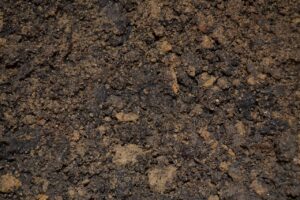
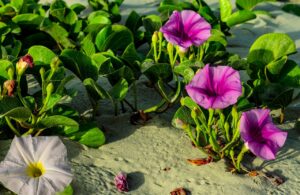
6. Climate and environment:
– This decorative species love full sun and thus prefer spring season. Hence, do not during winters or autumns.
7. Planting depth and time:
– Plant the seeds not more than o.5 inches below the topsoil and water soon after sowing.
– Make sure not to plant in windy areas.
– Transplant young plants to a big-containers only in the evening due to high accumulation of Carbon-dioxide because of photosynthesis for whole day.
– The roots will grow rapidly just in 2-3 months around 20 feet depth so big container or nursery containers are preferred.
– Leave a 2-inches gap between the soil surface and the rim of the container for support of the crown region of the plant.
8. Specific Pergola, vines, or arches plantation:
– These species can grow up to the height of 20 feet. Pergolas and vines are best to make the foliage well exposed to the sun.
9. Irrigation:
– Daily watering will be overwatering for morning glories so water only if the soil surface seems dry.
– Keep monitoring the soil surface every 2-3 days to make sure the top 1 inch is moist. Ensure it by pressing your finger in top of the soil.
– If you are planting indoors make sure to water it once a week.

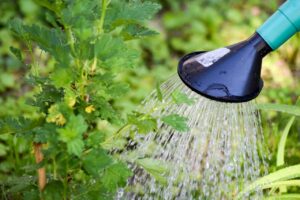
10. Inter-culture and weed control:
– Morning glories are barely cultivated uplands where the weeding rate is high.
– If soil is rich in biological impurities, the first weeding operation should be done in 20-25 days after sowing.
– The second weeding operation should be done within 20-25 days of transplanting.
– Apart from this blanket recommendation, it is best to perform a weeding operation whenever the density of weed emergence in the field is impeding the efficient growth of Morning glory.
Surviving winter:
Morning glories are not frost tolerant species so if you have planted them outdoors, make sure to transfer the container indoors in frost and if that is not possible, cover the plants with poly-house with polyethene covers and bamboo supports with a height of a minimum of 10 feet.
Major diseases and Control:
1. Name: Canker


Symptoms: Brownish shrunken stem, wilting of the leaf ends spreading to stem, powdery mass on the underside of the stem.
Control: Avoid over-heading of water, remove infected leaves if observed.
2. Name: Damping-off
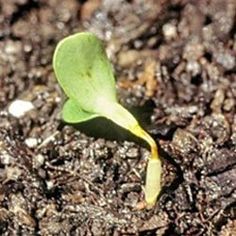

Symptoms: Water-soaked thin stems with wilting and turning of young leaves from greyish to brownish coloration.
Control: Plant in well-ventilated condition. Sterilize used pots by soaking in bleaching solution for 30 minutes.
Major insects and nematodes control:
Name: Cotton aphids

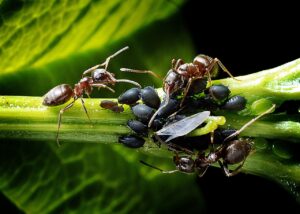
Symptoms: Leaf area index reduces, defoliation, stunting of seed growth.
Control: Apply contact sprays like neem oil, insecticidal sprays, horticultural oils but avoid natural pyrethrins at the initials not to kill useful insects. The underside may be treated with a soap water spray as well.
Name: Spider mites


Symptoms: Whitish or yellowish spots on growing leaves with a mottled appearance.
Control: Apply contact sprays like miticidal oils and soaps. Use horticultural oils in perennial and woody ornamentals during summer.
Benefits of cultivation:
– Blood purifier
– Treat abdominal diseases
– Treat fevers and headaches
– Treat bronchitis
– Diuretic agent
– Anthelminthic agent
– Best pollinating agents
How do you feel about this article (blog post)? Don’t forget to like, comment and share this with your friends. We will be back soon with other article for you. Till then Happy reading!





excellent info on moringa plants, where can I purchase seeds to plant it?
The best place is amazon at your location. Try checking some agro stores around you. Let us know for more questions.
A very interesting article. I thought they were part of pilea peperomioids. These nasturtium grow like weeds where I live in southern part of South Africa. The only problems are snails. They are hardy and face drought conditions well. We don’t get frost. I love them xx
Thank you for your comment. I really appreciate it. Please be with us and help us share with your friends and family.
You are so right about choosing well drained soil for planting the grapes. It worked great when we tried.
Thank you for your comment. We appreciate it.